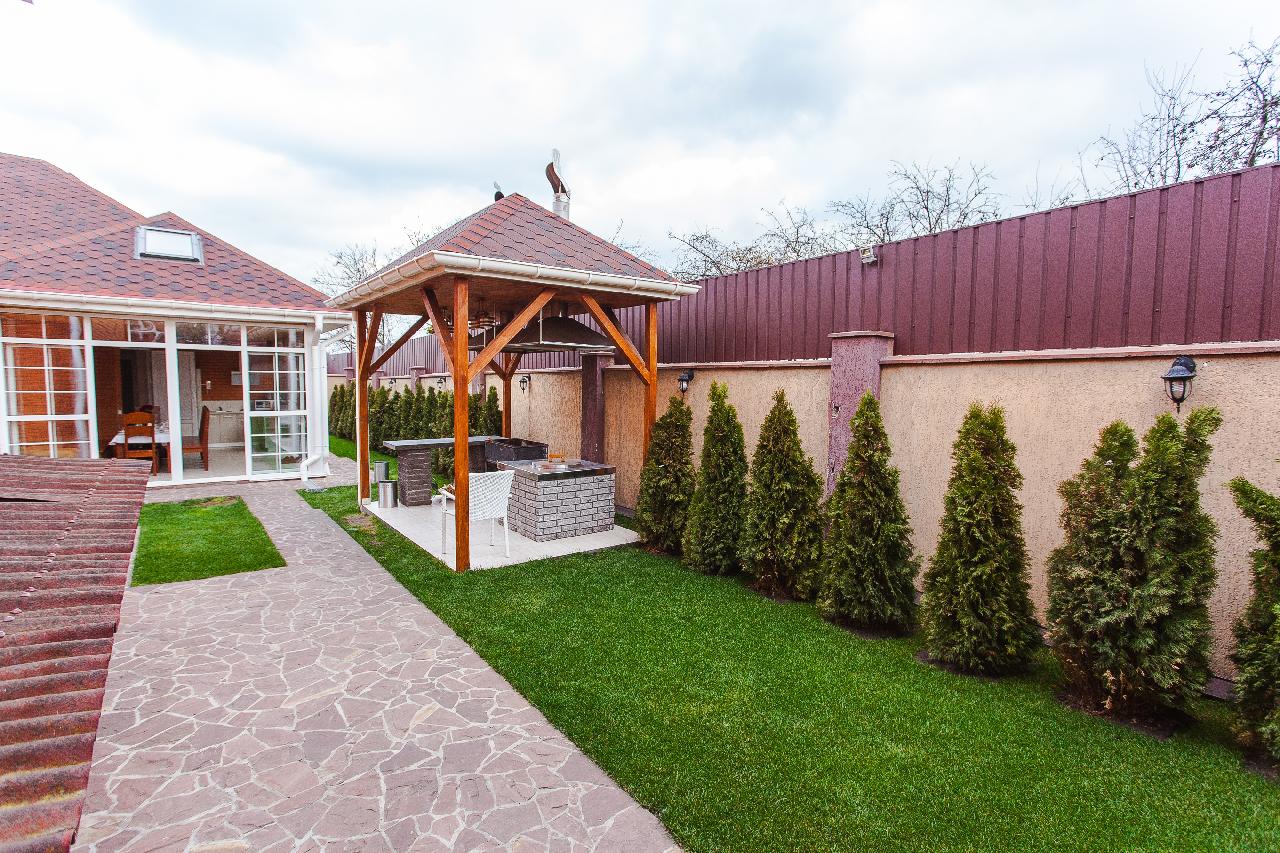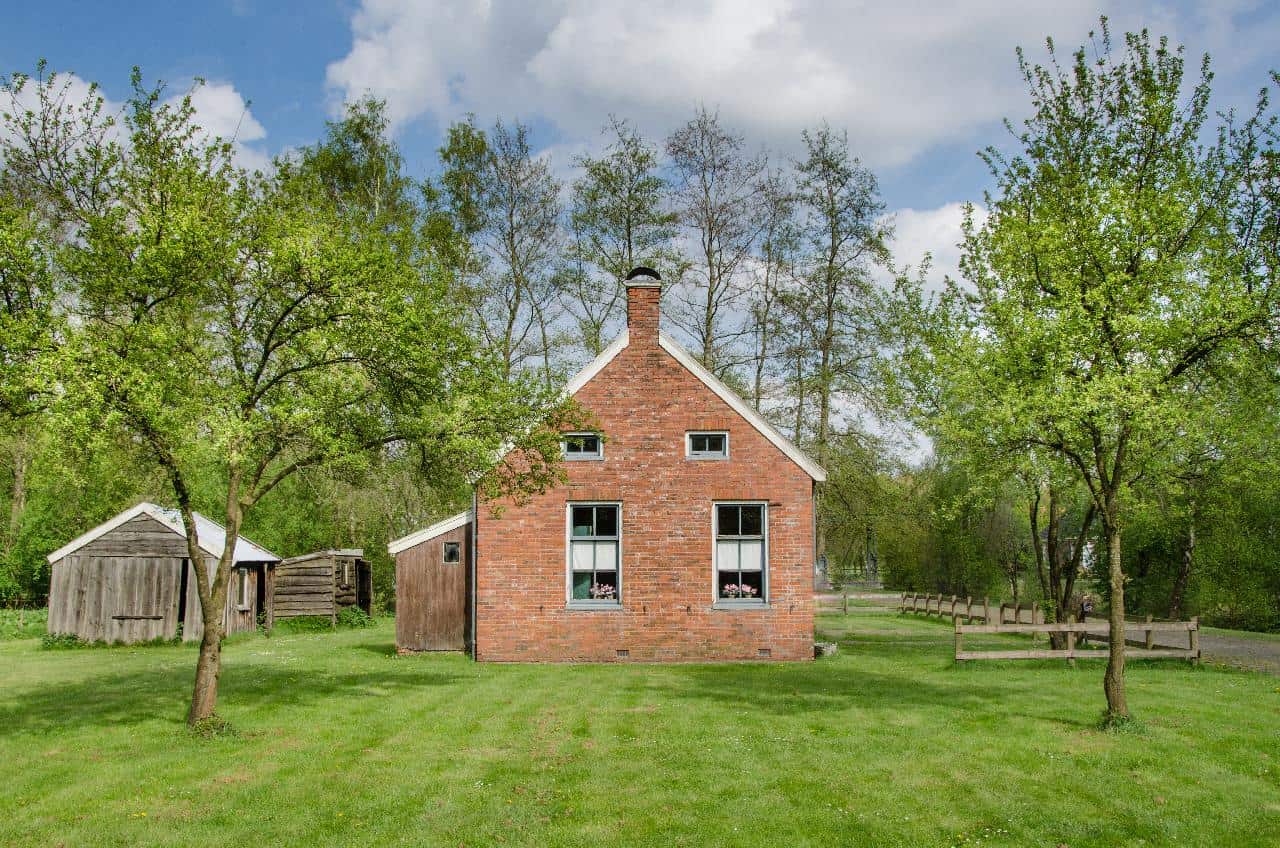Do you want to refresh your old-looking home? Renovating it is your best bet. However, the cost is not always what you expect. Home renovations are not only exhausting but also costly. Working with a tight budget can make things even more difficult.
Here are a few tips for renovating your home on a shoestring budget.
1. Budget and Plan
Without a proper plan, all your efforts will go to waste. Think of the amount you are willing to spend and plan around it. Having a budget is always a good idea, no matter how minor your renovations may seem.
How much can you comfortably afford? How much renovation would you like to make?
Once you have an estimate in mind, start researching to find the best deals. Split your renovation budget into different sections. Remember to account for extra spending since it will always come up.
2. Clean Up
Consider cleaning up your home before you make any significant changes. Put everything in place and declutter. Sometimes, a dirty or disorganized space looks worse than it is. Decluttering will improve your space immediately.
Thorough cleaning also gives you the chance to rearrange your space. You may identify better ways to arrange your furniture and other belongings. Decluttering helps you create the illusion of a bigger space. It could also improve the functionality of your home. If you are renovating your house to sell it, the experts at Home & Money can guide you through the selling process.
3. Reuse/Recycle
Recycling has become more prevalent than ever. You can recycle all sorts of materials, including wood and plastic. It is suitable for the environment and a way to save money. Recycled material is durable, easy to find, and affordable. It is perfect for renovations on a budget.
You don’t have to buy brand-new items. Reuse and recycle where appropriate. If you won’t use appliances or materials again, consider selling them. There are plenty of websites to sell or trade your material for other items.
4. Cheap Isn’t Always Appropriate
While you may be trying to save money, you should not skimp on the cheapest things. Inspect all your purchases, or you will be doing more renovations sooner than you think. Attractive deals are not always as good as they look.
If you purchase a faulty appliance, for example, you’ll soon need to replace or repair it. You may end up spending more than you planned.
5. Start With Big Impact Changes
Start with changes that have the biggest impact on your home-the tasks that will deliver the highest value for your money. Such tasks include lighting, flooring, and getting updated appliances. Applying a fresh coat of paint is an affordable way to give your home a facelift. You can start making smaller changes if you still have some money left.
6. Small Changes Can Have Significant Impact
Sometimes, minor changes can have a significant impact.
Here are a few minor changes that can transform your space:
- Getting new hardware for your drawers
- Using drawer organizers to minimize the need for another drawer
- Painting your trim rather than the entire home
- Changing your bathroom towels and rugs.
- Changing your living room curtains and rug
- Repairing instead of replacing broken fixtures.
Are you on a tight budget? This doesn’t mean you cannot renovate your home. Whether you plan on reselling it or want a fresh-looking space, you have plenty of options. You can improve your home without spending too much.
Simple tips include budgeting, reusing and recycling, and decluttering. Start with high-impact changes and move on to those with less impact.
Discover more from Futurist Architecture
Subscribe to get the latest posts sent to your email.




